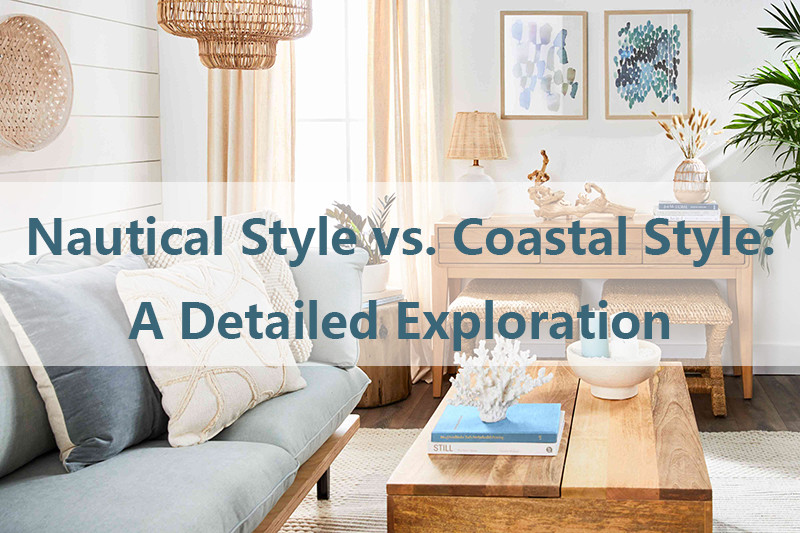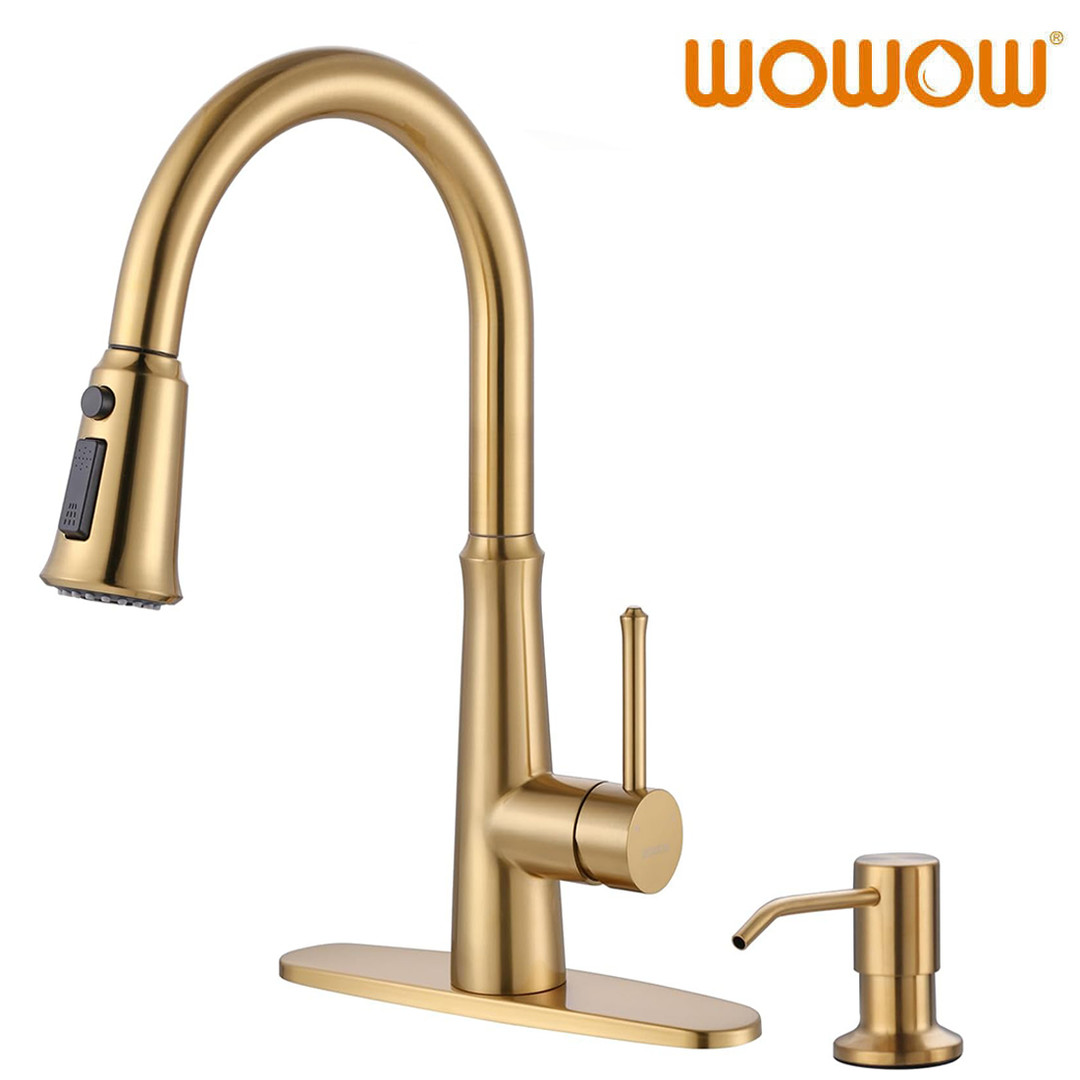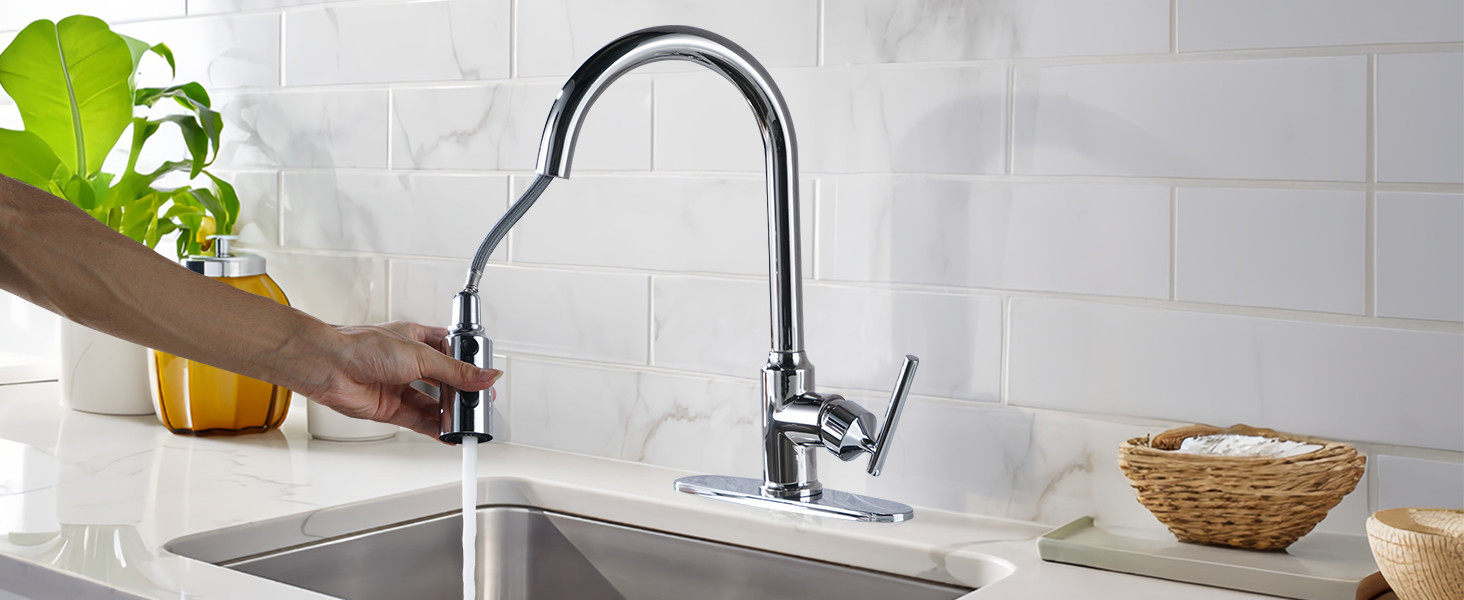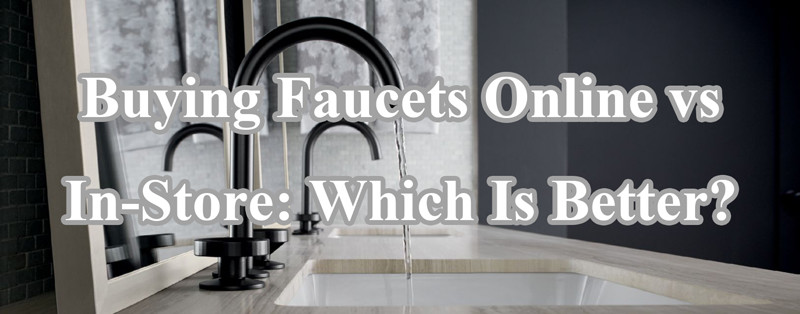
When it comes to home decor, two popular styles that often get conflated are nautical and coastal. Both evoke the serene and refreshing ambiance of the sea, yet they do so in distinct ways. Understanding the differences between nautical style vs. coastal style can help you create a space that truly resonates with your personal taste and the specific atmosphere you wish to achieve.
Nautical Style: Anchoring Your Decor in Maritime Tradition
Nautical style, also known as maritime or seafaring decor, is rooted in the imagery and themes associated with life on the sea. This style takes inspiration from the elements of a sailor’s life, including ships, navigation, and marine artifacts. Here are the key components that define nautical style:
- Color Palette:
- The primary colors in nautical decor are navy blue, white, and shades of red. These colors mimic the classic sailor uniforms and the flags used in maritime signaling.
- Accents of gold or brass are often used, representing the polished metal fixtures found on ships.
- Materials:
- Natural materials like wood (especially weathered or reclaimed), rope, and canvas are prevalent.
- Metal finishes in brass or chrome are used to replicate ship fittings.
- Decorative Elements:
- Nautical decor often features symbols and items related to sailing, such as anchors, ship wheels, maps, and nautical flags.
- Stripes, particularly navy and white, are a staple pattern.
- Furniture:
- Furniture in a nautical style is often robust and functional, reminiscent of shipboard furnishings. Think wooden chests, sturdy tables, and benches.
- Upholstered pieces may feature stripes or solid navy blue fabric.
- Accessories:
- Model ships, telescopes, compasses, and lanterns are commonly used as decorative pieces.
- Nautical charts, framed photographs of ships, and maritime art contribute to the theme.
- Lighting:
- Lighting fixtures often mimic ship lanterns or are made of materials like brass and rope.
- Natural light is emphasized to create an airy, ship-like atmosphere.
The overall feel of nautical style is one of structured adventure, combining the romance of the sea with the practicality of maritime life. It’s about bringing the essence of sailing and the open ocean into your home in a way that’s both nostalgic and dynamic.
Coastal Style: Embracing the Relaxed Vibes of the Shore
Coastal style, sometimes referred to as beach or seaside decor, focuses on creating a laid-back, breezy environment inspired by the coast. This style emphasizes comfort, relaxation, and a seamless indoor-outdoor flow. Here’s how coastal style differs:
- Color Palette:
- Coastal decor favors lighter, more neutral shades like white, beige, and sandy tones.
- Accents come in soft blues, greens, and corals, reflecting the colors of the sea, sky, and shells.
- Materials:
- Natural materials such as driftwood, wicker, rattan, and seagrass are common.
- Textiles are often light and airy, like linen and cotton, to create a relaxed feel.
- Decorative Elements:
- Coastal decor incorporates elements that evoke the beach, such as seashells, starfish, coral, and beach glass.
- Nautical elements may appear, but they are more subtle and less themed than in nautical style.
- Furniture:
- Coastal furniture tends to be casual and comfortable, with an emphasis on relaxed seating like slipcovered sofas and rattan chairs.
- Pieces often feature a weathered or distressed finish, contributing to the lived-in, casual vibe.
- Accessories:
- Accessories include beach-inspired artwork, such as paintings of ocean scenes or prints of marine life.
- Textiles like throw pillows and rugs feature patterns inspired by nature, like waves or palm leaves.
- Lighting:
- Coastal lighting is light and airy, using materials like glass and driftwood to keep the ambiance casual and inviting.
- Emphasis is placed on maximizing natural light, with sheer curtains or shades that allow sunlight to filter in.
The essence of coastal style is one of calmness and simplicity. It’s about creating a space that feels like a serene retreat, where the boundaries between indoors and outdoors are blurred, and the decor reflects the easy-going lifestyle of a beachside locale.
Combining Nautical and Coastal Styles
While nautical and coastal styles have their distinctions, they can also be blended to create a personalized maritime haven. Here are some tips for combining the two styles:
- Balance Bold and Soft: Use the bold colors and striking patterns of nautical decor sparingly against the soft, neutral backdrop of coastal style. For instance, a navy-striped rug can add a nautical touch without overwhelming a room filled with light, airy furnishings.
- Mix Materials: Incorporate both the robust, ship-inspired materials of nautical style and the natural, beachy textures of coastal decor. A wooden coffee table with rope detailing can complement a wicker chair and linen cushions.
- Thematic Accents: Select thematic accents that bridge both styles. A ship-in-a-bottle can sit comfortably alongside a bowl of seashells or a piece of coral.
- Unify with Color: Ensure that the color schemes of both styles complement each other. Stick to a cohesive palette that blends the deeper hues of nautical decor with the lighter shades of coastal style.
Conclusion: Nautical Style vs. Coastal Style
By understanding and thoughtfully blending the elements of nautical and coastal styles, you can create a unique and inviting space that captures the best of both worlds. Whether you’re drawn to the structured charm of maritime life or the breezy relaxation of the beach, these styles offer a wealth of inspiration for your home decor.
 WOWOW Faucets
WOWOW Faucets






您好!Please sign in